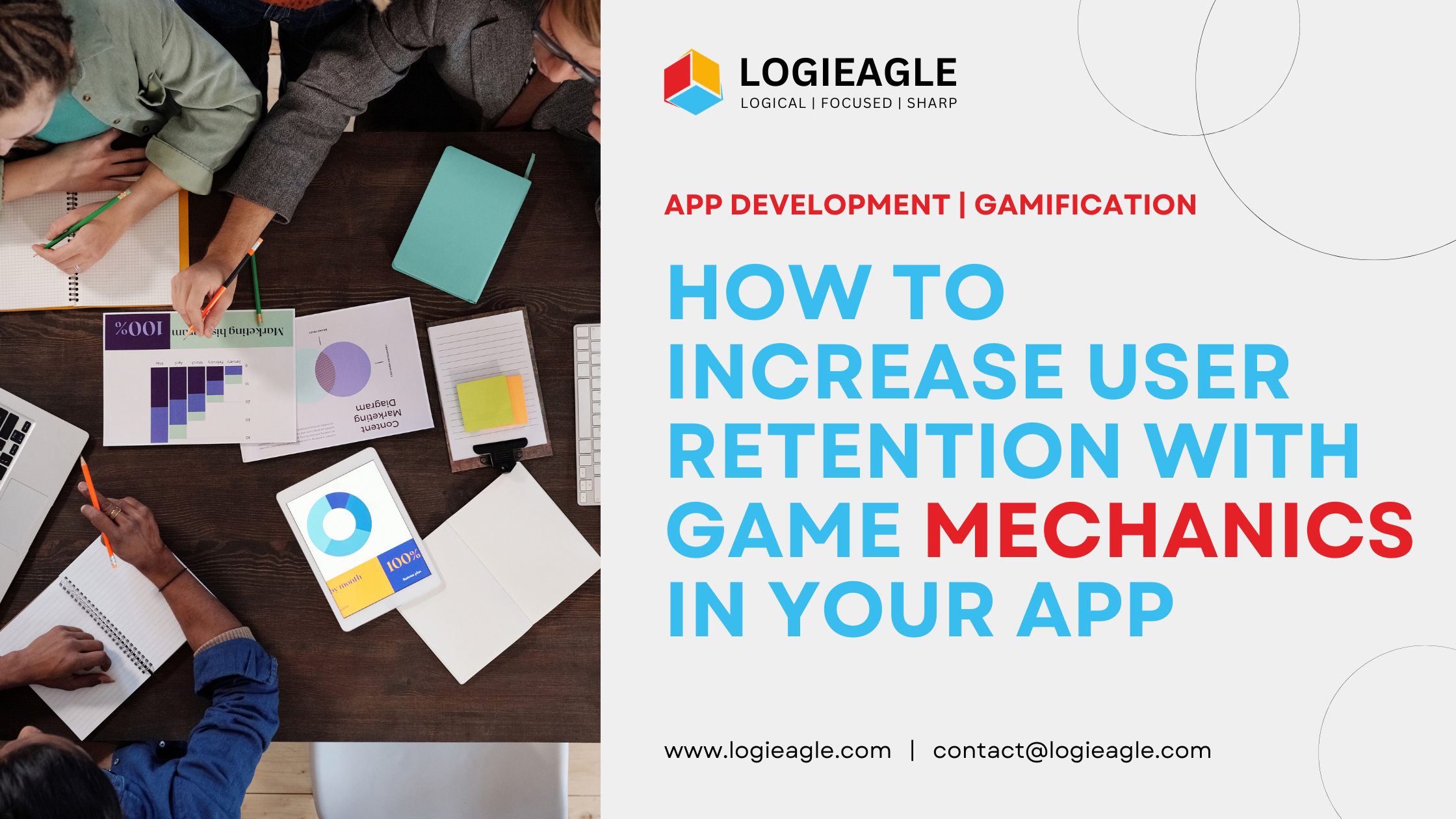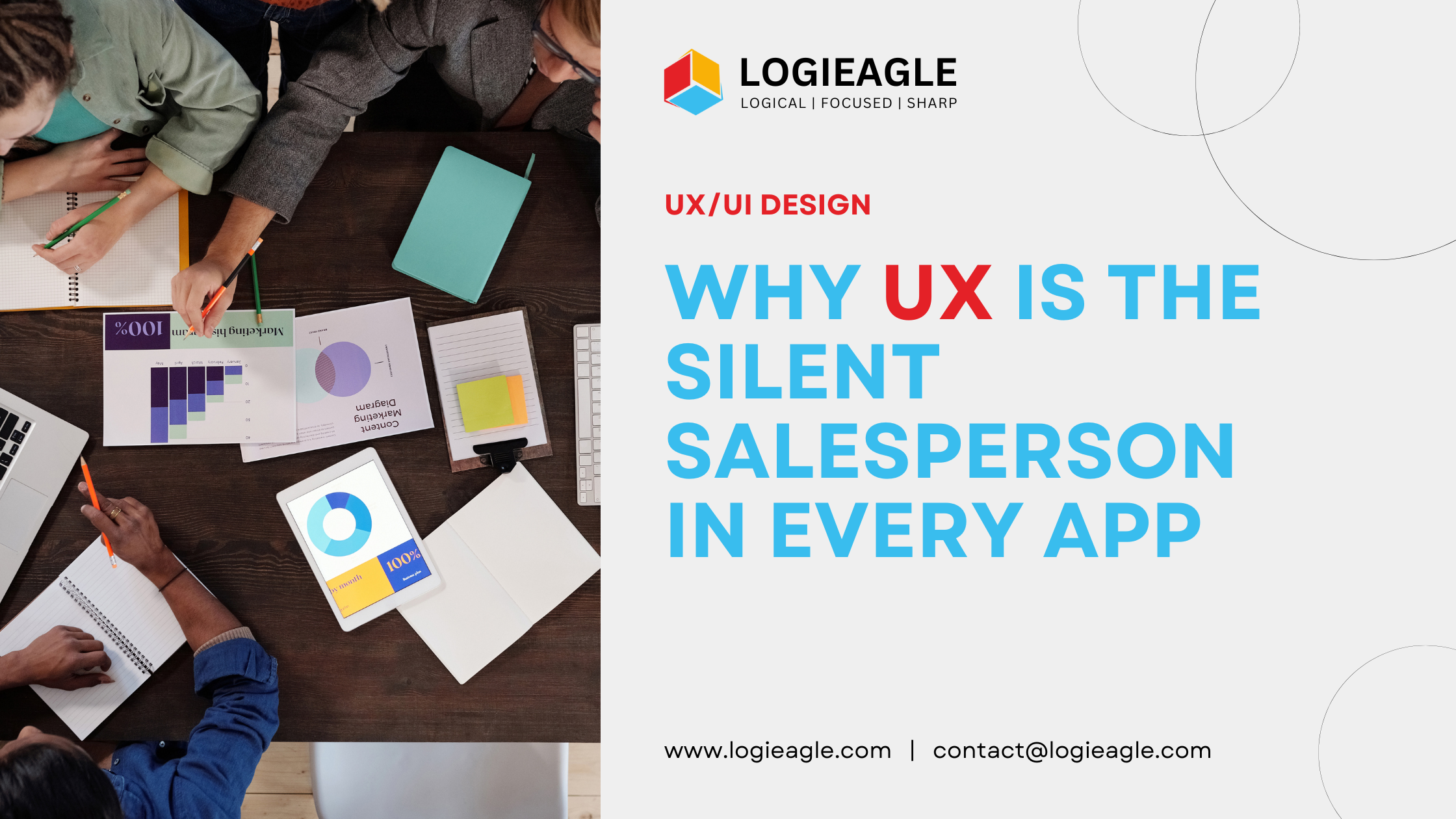
The Psychology Behind Intuitive UX: How to Design for User Comfort
Designing intuitive digital experiences isn’t just about aesthetics. It’s about understanding how we think—our psychology—and aligning design with that. When done right, it feels natural. Users don’t think “How do I do this?” They just do it. And that’s powerful.
How Human Thinking Shapes UX
When someone uses an app or website, there’s a lot going on in their mind:
- They see things (buttons, icons, menus).
- They recognize patterns based on past experience (“click a cart icon gets me to purchases,” etc.).
- They decide what to do, often quickly.
Good design leverages this flow—perception → recognition → quick decision.
Mental Models: Our Internal Maps
We all carry mental models—expectations based on what we’ve used before. Because of this, when designers stick to familiar patterns, things “just make sense.” For example:
- A logo at the top-left that takes you home.
- Blue underlined links.
- Big, clear search bars.
- Orderly forms with logical labels.
When you stray too far from these expectations, users won’t hate you—initially—but they will pause, become uncertain, or maybe even leave.
Avoiding Mental Overload
One big goal of intuitive UX is keeping mental effort low. If your mind has to juggle too many things, fatigue and frustration set in.
There are a few types of cognitive load:
- Intrinsic load: The basic difficulty of what the user is trying to do.
- Extraneous load: Unnecessary complexity created by bad design (clutter, unclear labels, confusing navigation). Good UX minimizes this.
- Germane load: The effort going into actually learning or understanding something. That can be good, but only if it’s necessary.
A good UX tries to reduce extraneous load and help users with what they need to do, when they need it.
Key Psychological Laws & Principles in UX
Here are some ideas from psychology that often show up in UX design:
- Hick’s Law — More choices mean more decision time. When options are too many, people freeze. Designers often limit options, group related ones, or reveal options gradually (progressive disclosure).
- Miller’s Law — People can hold ~7 (±2) items in short-term memory. That’s why chunking is helpful (breaking big tasks into smaller parts), limiting visible menu items, etc.
- Gestalt Principles — Rules about how people naturally group and perceive visual info: proximity, similarity, continuity, closure, etc. These help in making layouts easier to understand at a glance.
Making UX Feel Effortless
Here’s how to apply those ideas so your users feel at home:
- Visual hierarchy: Use size, color, contrast, and position so the most important things stand out.
- Navigation that makes sense: Keep structures familiar. Make sure users can get where they want in a few clicks. Bread crumbs, clear menu layout, consistency help.
- Progressive disclosure: Don’t dump everything at once. Show the basics, then reveal more as needed—so you keep people from feeling overwhelmed.
- Consistent design & familiar patterns: Once users learn something in one part of an interface, they expect it to work similarly elsewhere.
- Feedback & small interactions: If users click, let them see something happen. Even small animations, confirmations, loading indicators help. It says: “Yes, I saw you.”
- Social proof & trust cues: Testimonials, reviews, trust badges — especially near decision points like checkouts — they make people feel safer.
The Role of Emotion, Color & Visuals
Intuition isn’t just cognition; it’s also feelings. Design affects emotions in these ways:
- Color: It wires into emotion. Blue often means trust, red means action or urgency, green means success, etc. Cultural context matters, too.
- Shape & form: Rounded shapes feel friendly; sharp angles might feel aggressive or energetic.
- Typography & whitespace: Clean, readable fonts with enough white space make people relaxed. Overly decorative fonts or cramped layout stress people.
Always Be Learning: Testing & Improvement
No matter how smart the theory, real user behavior often surprises you. That’s why testing is critical:
- Usability testing (moderated or otherwise).
- Analytics (heatmaps, funnels) to see where people get stuck.
- A/B testing to try alternatives and see what works better.
Bringing It All Together
When design is aligned with psychology, everything flows more naturally:
- Users understand without effort.
- They feel comfortable and confident.
- Tasks get done.
- And they come back.
In short: designs that think about how people think end up being the ones people love. And once you see how the mind works, everything else starts making more sense.
 From Chaos to Clarity: The Ultimate Guide to Automating Financial Reports with VBA
From Chaos to Clarity: The Ultimate Guide to Automating Financial Reports with VBA
 Did You Know You Can Launch an MVP in 30 Days? Here's How!
Did You Know You Can Launch an MVP in 30 Days? Here's How!
 Mastering Business Intelligence Dashboards: Excel Techniques You Need to Know
Mastering Business Intelligence Dashboards: Excel Techniques You Need to Know
 Turning Excel into a Scalable Business Tool: A Step-by-Step Guide
Turning Excel into a Scalable Business Tool: A Step-by-Step Guide
 What Makes a Good MVP? Essential Tips for First-Time Founders
What Makes a Good MVP? Essential Tips for First-Time Founders
 How to Increase User Retention with Game Mechanics in Your App
How to Increase User Retention with Game Mechanics in Your App
 Excel Automation for Non-Technical Teams: A Beginner's Guide
Excel Automation for Non-Technical Teams: A Beginner's Guide
 How AI Is Transforming ERP Systems for SMEs
How AI Is Transforming ERP Systems for SMEs
 Why UX Is the Silent Salesperson in Every App
Why UX Is the Silent Salesperson in Every App
 Master Inventory Management with These VBA Tips and Tricks
Master Inventory Management with These VBA Tips and Tricks